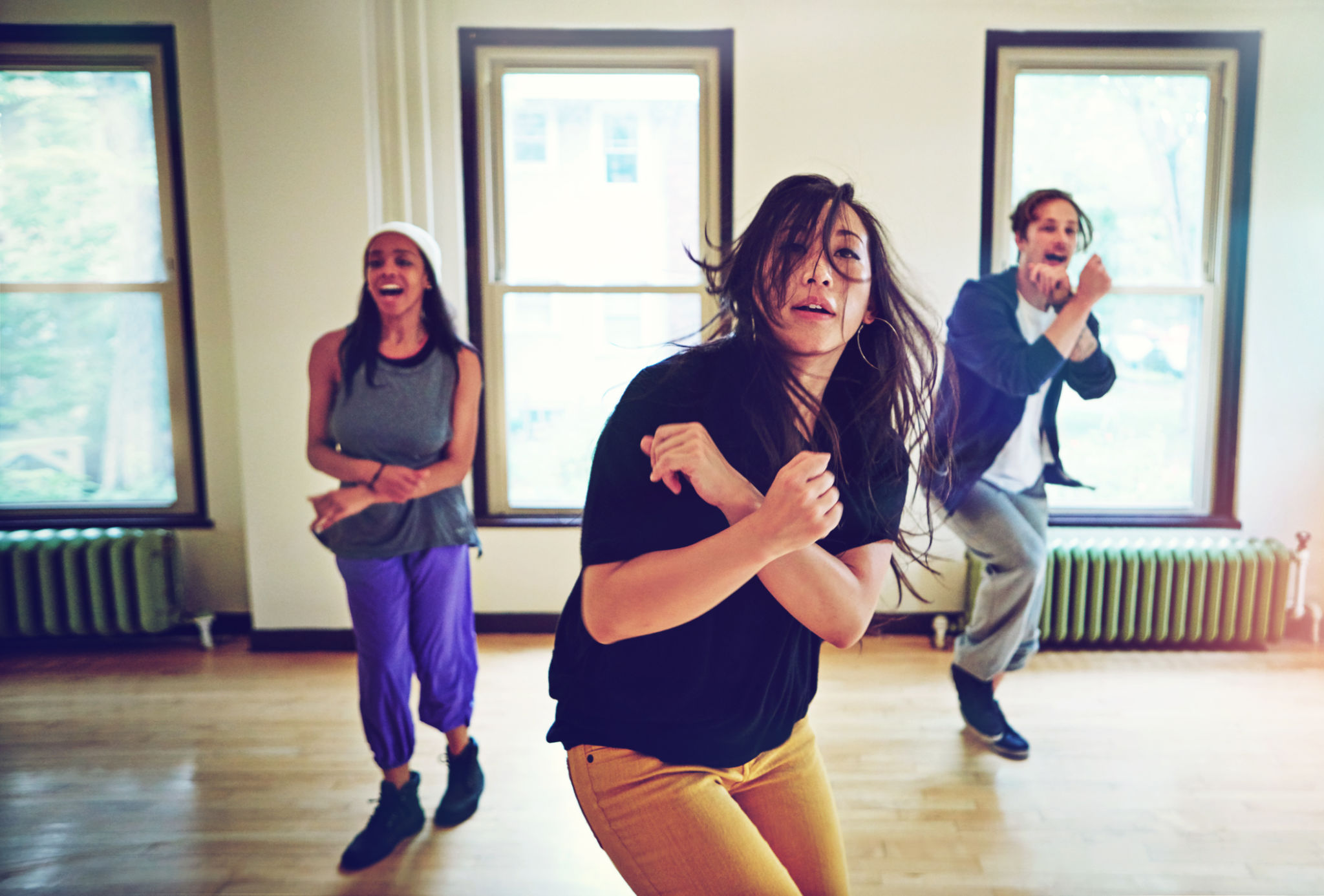How Virtual Learning is Transforming Performing Arts Education
Introduction to Virtual Learning in Performing Arts
The realm of performing arts education is undergoing a significant transformation as virtual learning platforms become integral to the curriculum. With the advent of technology, students can now access a plethora of resources that were once limited to in-person experiences. This shift is not only democratizing education in this field but also enhancing the learning process in unprecedented ways.
Virtual learning allows students from various geographical locations to access world-class instruction and resources without the need to relocate. This accessibility is crucial in providing equitable opportunities for aspiring performers who may lack local access to specialized training.

Innovative Teaching Methods
Virtual learning platforms have introduced innovative teaching methods that cater to diverse learning styles. Instructors can employ a mix of live-streamed classes, recorded sessions, and interactive modules to engage students more effectively. This flexibility allows students to learn at their own pace, revisiting lessons and performances as needed to master techniques.
The use of virtual reality (VR) and augmented reality (AR) in performing arts education is also gaining momentum. These technologies offer immersive experiences, allowing students to practice in simulated environments that replicate real-world settings, enhancing their understanding and performance skills.
Expanding Collaborative Opportunities
One of the most significant advantages of virtual learning in performing arts is the ability to collaborate across borders. Students and educators can connect with peers and professionals worldwide, engaging in joint projects that broaden their perspectives and foster creativity. This global network facilitates unique collaborations that might not be possible in traditional settings.

Online platforms also host virtual performances and showcases, providing students with valuable exposure and feedback from a broader audience. These events serve as a springboard for emerging artists to gain recognition and build their portfolios.
Technological Tools and Resources
The integration of digital tools into the curriculum has enriched the learning experience for performing arts students. From video editing software for creating audition tapes to online music composition tools, technology empowers students to develop a wide range of skills essential for modern performers.
- Video conferencing tools for live lessons
- Online platforms for sharing and critiquing performances
- Digital libraries offering vast resources of scripts, scores, and recordings

Challenges and Considerations
Despite the numerous benefits, virtual learning in performing arts does present certain challenges. The lack of physical presence can affect the development of certain skills that require in-person interaction and feedback. Additionally, not all students have equal access to the technology required for effective online learning, potentially widening the digital divide.
To address these challenges, educators must strive to create a balanced approach that incorporates both virtual and physical elements in their teaching methods. Providing guidance on how to effectively use digital tools can also help bridge the gap for students with limited technological proficiency.
The Future of Performing Arts Education
The ongoing evolution of virtual learning in performing arts education promises to continue reshaping the landscape. As technology advances, so too will the opportunities for innovation in teaching and learning. By embracing these changes, educators can prepare students for a future where digital literacy is as crucial as artistic talent.
In conclusion, virtual learning has become an indispensable component of performing arts education. It offers unprecedented access, fosters global collaboration, and equips students with essential skills for thriving in a digital world. As we look ahead, the integration of technology will undoubtedly continue to open new avenues for creativity and expression in the performing arts.